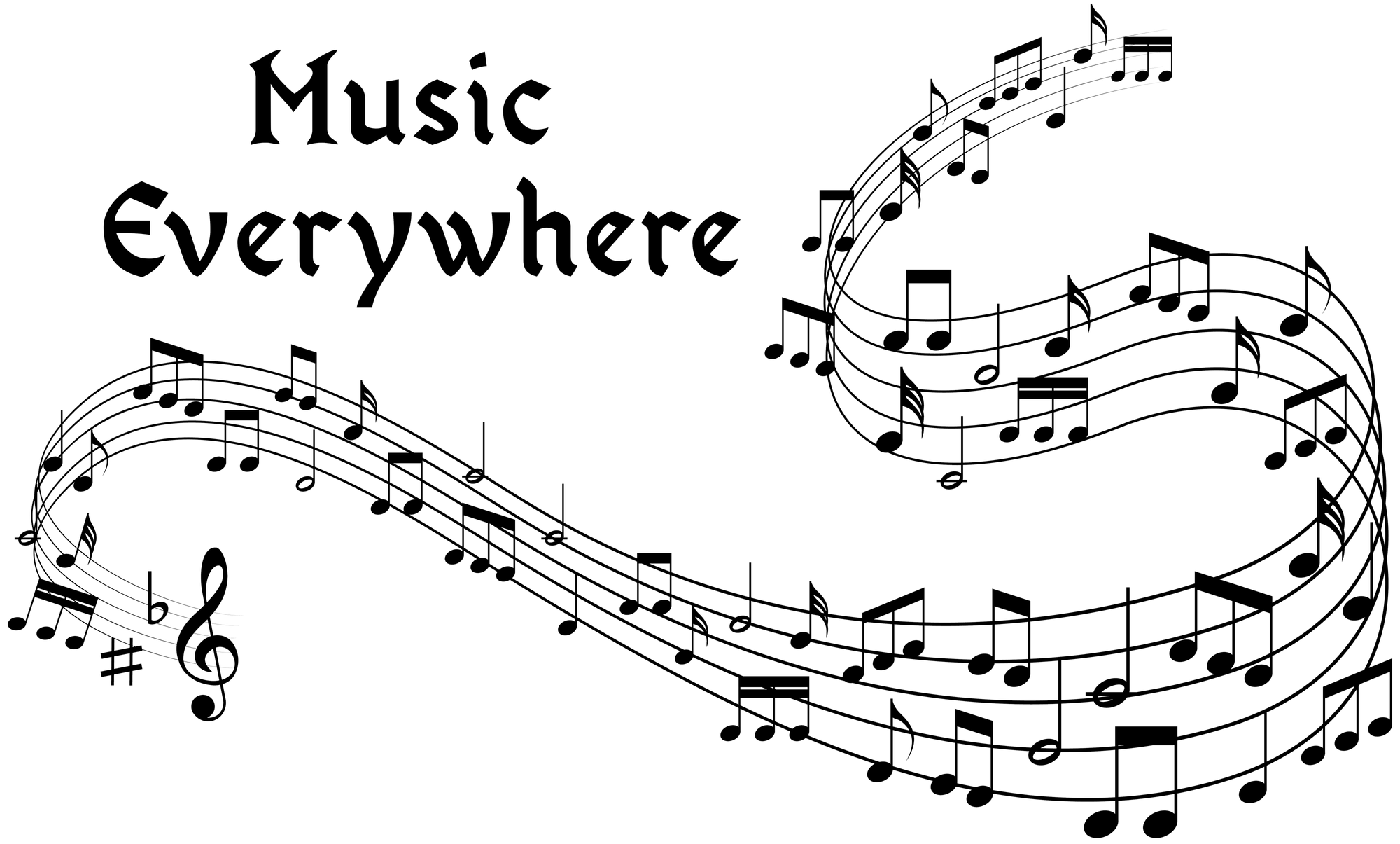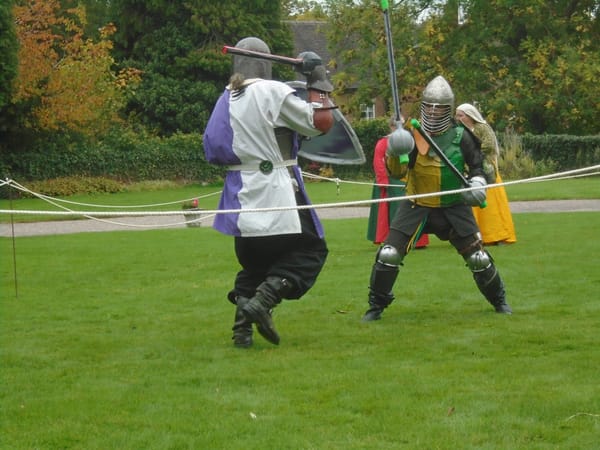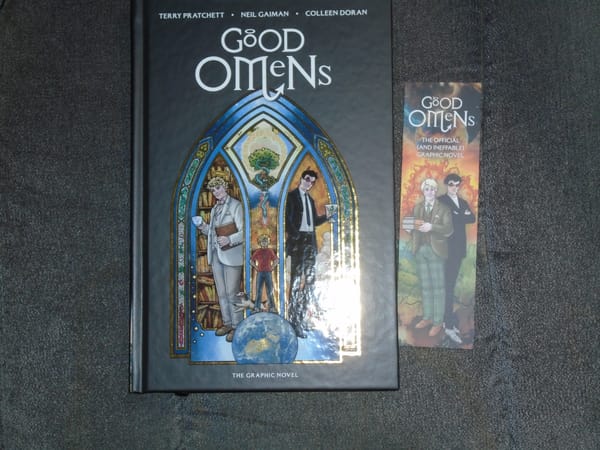A bone to pick

I have written before about the perils of fitting corsets, or anything else with any boning. But let me get one thing absolutely straight: a properly fitting corset is, in fact, very comfortable. Naturally there are limits to how tightly one can sensibly lace, but these do depend very much on the individual. Some people really are just squishier than others.
With this in mind, we were talking about costumes at Thursday night's meeting of the drama club. Originally we envisaged most people having to play more than one part, but the script had to be axed so drastically that quite a lot of characters went, so now everyone is playing only one part (except that someone is doubling up for the Dormouse, who has only one line and that half asleep). So my initial concept, which was that Alice got a proper costume and everyone else got a neutral base layer plus something to identify the character which could be changed quickly - cat or rabbit ears, crowns, the Mad Hatter's top hat, that kind of thing - has evolved a bit. I'm still saying "wear a neutral base layer and we'll work with that", because there is neither the time nor the budget to make proper costumes for the whole cast; but some of the characters could definitely go a bit fancier than we first thought.
In particular, we had a think about the Queen and the Duchess. I said long skirts would be ideal, but if they couldn't manage that, please wear trousers; I would far rather have trousers (which are totally anachronistic but can at least look something like a long skirt if the wearer doesn't run around) than short skirts (which, in a Victorian context, say "little girl" - which the Queen and the Duchess are most emphatically not). I then added that if either or both of them wanted to wear a bustle and/or a corset, that would be great, but I wasn't going to insist on it. Rather to my surprise I then got asked what a bustle was. Once I'd explained that, I then went on to talk about corsets. "If you do wear a corset," I said, "you need to make sure of two things. First of all, that it's the right fit for you, because if it isn't it'll hurt. And secondly, that it's Victorian in style. Corsets changed a lot over the course of history. Victorian corsets emphasised the bust and were very wasp-waisted, but that hasn't always been the case." (So, essentially, we're looking for something like the one shown above.)
Corsets, in fact, have been around for a surprisingly long time. The earliest known depiction of a corset is on a statue from Minoan Crete from around 1600 BC; to put that into context, that's a couple of hundred years before the Exodus, give or take a few. However, they didn't become generally popular until around the 16th century, when they were commonly known as stays. And all through the 16th and 17th centuries, your stays would give you this type of silhouette:

As you see, that's quite a lot different from the Victorian hour-glass effect. You were certainly expected to have a waist, but not actual boobs.
Stays didn't change a great deal in shape during the 18th century, but it seems to have been around this time that they began to be recommended for good posture. (But only for women. Nobody ever seems to have been very bothered about men's posture unless they were in the military. As recently as the 1940s, my unfortunate mother was sent to a terrible private school where they didn't bother to teach the young ladies maths or science, but they did teach "deportment". At any rate they didn't make her wear a corset; though she did wear a girdle for years, and I lived in a certain amount of dread that one day she'd make me wear one. She didn't. She did make me wear a bra that I really didn't need at the time, but that was probably the lesser evil.) Here's a pair of stays from about 1780; this one is in Los Angeles, but there's a very similar one in the Bath Fashion Museum.

But fashions were starting to change dramatically towards the end of the 18th century, and the corsets, perforce, changed with them. The elaborate baroque style, with the white wigs and wide pannier-supported skirts and conical torso, had already started to give way to something very much simpler even before the time the corset shown above was made. We now get the style everyone automatically refers to as "Regency" - empire-waisted gowns with a short fitted bodice and long gathered skirt that skimmed the body rather than having to be supported by a huge crinoline. And since this style was a great deal more naturalistic than its immediate predecessor, corsets were not essential to it. You could wear short stays like the ones shown below, but you could - and no doubt many did - go without altogether. It probably depended on how much bust support you needed.

By historical standards, that look was something of a flash in the pan; it didn't stay in fashion for more than about fifty years. After that, the Victorian style of corset (which is probably what most people still think of when they think "corset") began to come in. Corsets had previously been stiffened with whalebone, but during this period steel boning began to be used, which enabled the garment to be laced much more tightly. Not surprisingly, this resulted in something of a backlash, which started around the middle of the 19th century. After all, if you compare the feature image to the one of the 18th century corset, you can see just how much more the waist is nipped in; the 1780s lady's waist looks fairly natural, whereas the Victorian lady's waist is not a great deal wider than her neck.
This is where I'm going to put in my two penn'orth. Undoubtedly there would have been people who laced too tightly, which would indeed have caused problems. As noted above, it's a very individual thing. I've met people who can quite happily and comfortably lace themselves to a shape pretty much like the lady in the feature image, and I've met others who, no matter how well their corset fits, start having problems if they pull their waist in more than about 10 cm or so. (For the record, I'm somewhere between those two extremes; but, of course, I can't wear a corset at all these days because of dratted Sibyl.) So, in the great corset controversy, there was right and wrong on both sides. Corsets certainly aren't essential, and nobody should feel obliged to wear one if they don't want to, but one that is both properly fitted and suitably laced is absolutely not the instrument of torture that some people made it out to be. I've worn one all day before now without the slightest of difficulty. (On a related note, it is probably not true that the tendency of Victorian ladies to faint at the drop of a hat was caused by excessively tight lacing. Fainting is caused by a lack of oxygen to the brain, and the corsets restricted their waists, not their lungs. My personal theory is that they suffered from low-level heavy metal poisoning; there were ridiculous amounts of lead, mercury, and even arsenic in the normal Victorian domestic environment. And the arsenic, in particular, may end up becoming the subject of another blog post at some point.)
Nonetheless, Victorian corset manufacturers responded to the controversy by producing a number of "hygienic" corsets (by which they meant something more like "healthy" than the modern sense of the word), including, of all things, maternity corsets. I have to say that the idea of wearing a corset during late pregnancy at all, even a specially designed supposedly healthy one, does not sound very sensible to me, but then again I'm not a Victorian corset manufacturer.
You will have gathered that, on the whole, within reasonable limits, I basically like corsets. But now, as we move on in history, we come to the ones I really hate. Edwardian corsets! Horrible things! They gave you the fashionable figure of the time, which was... wait for it... an S-bend. I can't even bring myself to show you one. The thought of all the back problems those must have caused is too appalling for words. Fortunately, it appears everyone else hated them too, because the S-bend did not last long at all, and very soon gave way to the long, thin, somewhat androgynous flapper look. Flappers didn't wear corsets as we understand the word; in fact, many of them wore what we would now call a chest binder (think trans man - I'm not joking) to get that straight-up-and-down look. A very far cry from those Victorian curves... and, incidentally, very probably the reason most modern sewing patterns are still drafted for a B cup. Commercially produced sewing patterns first really started to take off in the 1920s, when everyone was as flat-chested as they could possibly make themselves; and, to a large extent, the companies are still using the basic pattern blocks they put together around that time. (Round of applause for those who aren't, please!)
So, there you go. The history of corsets in a nutshell... except that, of course, it is still going on. There aren't so many mass-produced corsets about these days, but you can still find a few, such as this one from Shirley of Hollywood; mostly, though, if you want a corset you either make it yourself (and there is a huge amount of information available online to help you with that) or you go to a professional corset-maker. They're especially popular with people who favour the Goth and/or steampunk aesthetic. The ones you most commonly see tend to be the Victorian type (worn as glamorous outerwear rather than underwear), but I've also seen people in underbust corsets of the sort I tend to associate with dirndl skirts, or just plain waist cinchers - boned and shaped, so closer to a corset than to a belt, but they mean you can have the best of both worlds and wear a bra.
I'll admit, if I could find a corset that would accommodate Sibyl, I'd go for it. As it is... well, at least I'm lingerie advisor to the Queen of Hearts and the Duchess!




